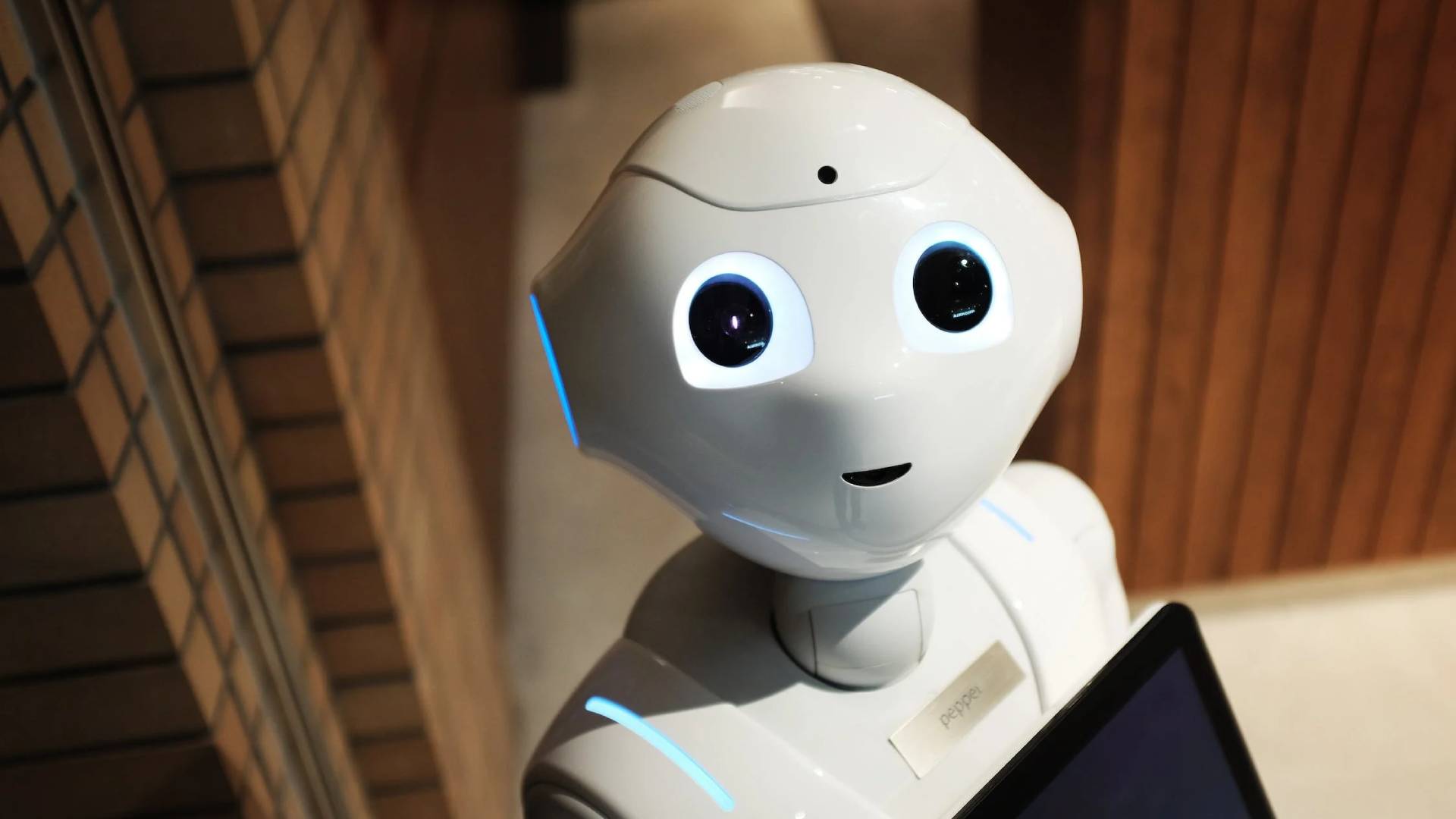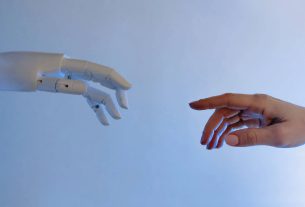Artificial Intelligence (AI) is everywhere these days, from voice assistants like Siri and Alexa to self-driving cars and more. But what exactly is AI, and how does it work? In this beginner’s guide, we’ll explore the basics of AI in simple terms and with a touch of humor.
AI refers to machines that can perform tasks that normally require human intelligence, such as understanding natural language, recognizing images, and making decisions. These machines are powered by algorithms that can learn from data and make predictions or decisions based on that data.
But let’s back up a bit. What’s an algorithm? Well, an algorithm is just a set of instructions that a computer can follow to solve a problem. For example, a simple algorithm might be “if it’s raining outside, bring an umbrella.” The computer follows this algorithm to decide what to do if it’s raining.
Now, imagine that instead of just one simple rule, you had a whole bunch of rules, and you fed a computer a lot of data so it could learn to make decisions based on those rules. That’s essentially how AI works. It uses algorithms and data to make predictions or decisions that would normally require human intelligence.
So, what are some examples of AI in action? One of the most common examples is virtual assistants like Siri and Alexa. These assistants can understand natural language and answer questions, set reminders, and more. They use machine learning algorithms to improve over time and become more accurate.
Another example is image recognition. You may have seen this in action on Facebook, where it can automatically tag people in your photos. It works by analyzing the features of a person’s face and comparing them to a database of known faces.
Self-driving cars are also a prime example of AI in action. These cars use sensors and machine learning algorithms to make decisions about when to brake, accelerate, and turn, as well as to detect and avoid obstacles.
But it’s not all sunshine and rainbows with AI. There are some challenges to overcome, such as ensuring that the data used to train AI algorithms is unbiased and representative. There are also ethical concerns around the use of AI, such as how to ensure that it is used in a way that benefits society as a whole.
In conclusion, Artificial Intelligence is a fascinating and powerful technology that has the potential to change the world in countless ways. Whether you’re a tech enthusiast or just someone who wants to keep up with the latest trends, it’s worth taking the time to learn more about AI and how it works. And who knows, maybe someday we’ll all be living in a world where our robots do all the hard work for us, while we sit back and relax! (Okay, maybe that’s a bit of a stretch, but we can dream, can’t we?)





